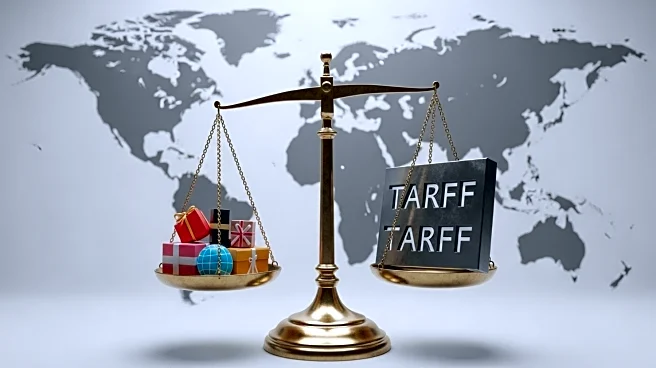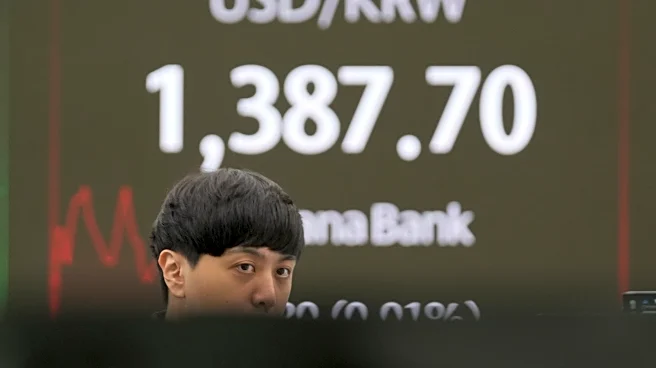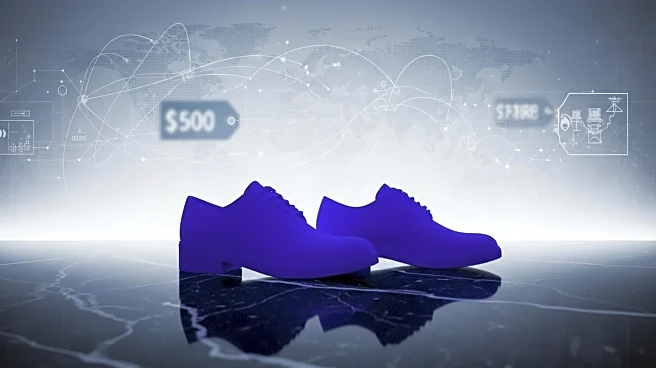What is the story about?
What's Happening?
Shoe prices in the United States have continued to rise, driven by tariffs on footwear imports. According to the Footwear Distributors and Retailers of America (FDRA), retail footwear prices increased by 1.4 percent in August, marking the most significant rise in 17 months. The tariffs have led to a near-record 108.7 percent increase in duties paid on footwear imports, amounting to $635.8 million. This surge in import duties is closely linked to the rising retail prices, with women's shoe prices increasing by 2.8 percent and children's by 0.9 percent. The tariffs disproportionately affect the footwear market, as over 98 percent of shoes sold in the U.S. are sourced from abroad.
Why It's Important?
The rising shoe prices reflect the broader impact of trade policies on consumer goods and inflation. As footwear is a necessity for most consumers, the increased costs could strain household budgets and alter purchasing patterns. Retailers may face challenges in maintaining sales volumes, potentially leading to shifts in sourcing strategies or pricing models. The situation also highlights the vulnerability of industries heavily reliant on imports to changes in trade policy, emphasizing the need for strategic planning and adaptation in the face of economic shifts.
What's Next?
With tariffs continuing to impact the footwear industry, further price increases are expected. Retailers and manufacturers may seek to mitigate these effects through negotiations or by exploring alternative supply chains. Policymakers might face pressure to reconsider tariff policies to balance trade objectives with domestic economic stability. The ongoing situation could also lead to increased advocacy from industry groups for policy adjustments to support the sector.
AI Generated Content
Do you find this article useful?















